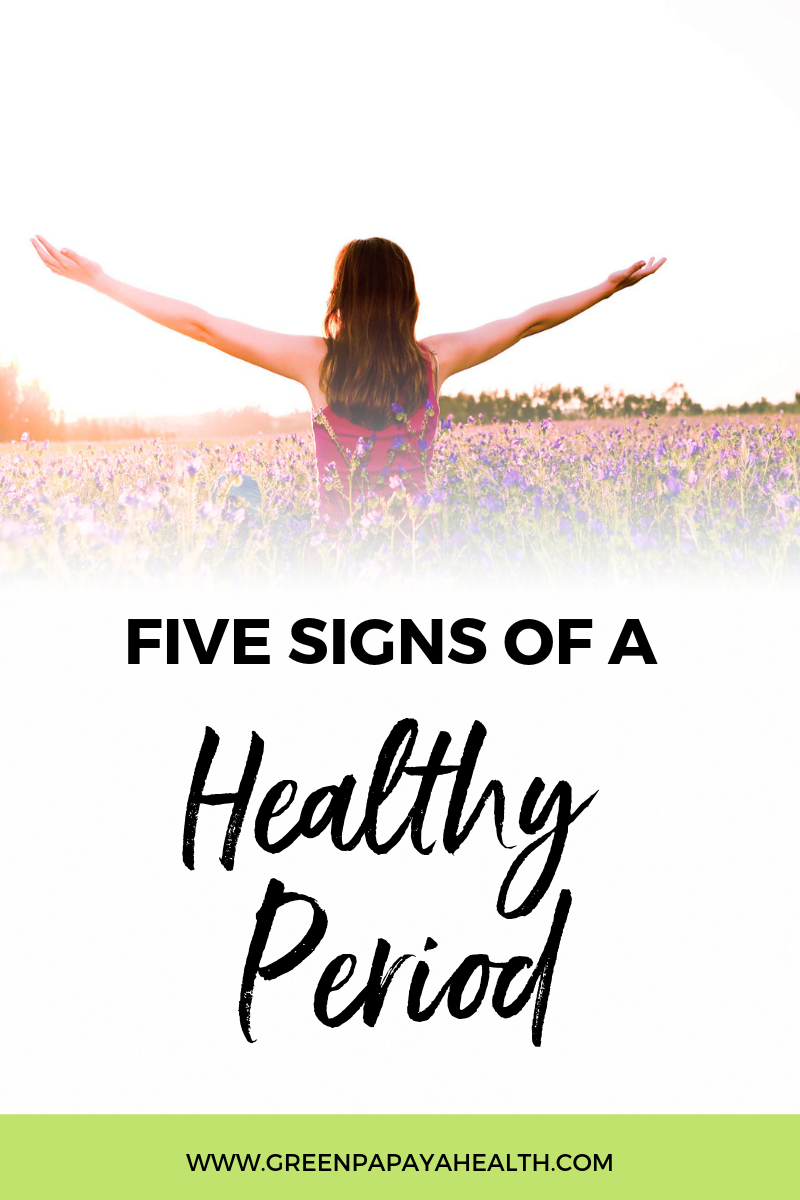If you’re like me, you may have always wondered if your period was normal or not? Did they teach you that in sex ed? If you had sex ed did they delve into what a healthy period looks like? I don’t really remember much of my sex education class. I went to a very strict Christian school, with a focus more on abstinence than sex ed. We certainly didn’t have any in-depth conversations about the color of menstrual blood, period pain, how long it should be, or red flags. Now, this was in the late 80s, so maybe things have changed, but somehow I don’t think so.
I had the heavy periods, clotting, and cramping that sort of characterize teen periods and was promptly put on the pill at age 16 to regulate my period. While the pill regulated my period, it also turned off all my natural hormones which would make things very difficult 15 years later. But I digress… I now know I was definitely not having normal periods as a teen, or as a 30-something coming off the pill, or post kids in my early 40s.
Maybe you have a similar story, or you’re reading this because you want to know what a healthy period looks like. I shy away from using the word “normal” because every women’s period is different, but there are some parameters that your period should fall in to be considered healthy.
I get asked on a regular basis, “Vashti, are big clots normal?” “I have so much pain I miss work, doesn’t everybody?” “I have a period every three weeks and I’m flooding, is that normal?”
Those are red flags and you should definitely talk to your provider if you have those symptoms. Now let’s get to today’s post.
5 Signs of a Healthy Period

1. Your period should be 3-7 days long, but 4-6 is ideal. Your period should come every 26-35 days. It may be anywhere in that range but it needs to be consistent.
2. You shouldn’t have PMS symptoms. You may notice mild cramping, a little breast tenderness, but nothing like what many women associate with PMS.
3. Your menstrual blood should be the color of cranberries, a fresh red color. It shouldn’t be full of large clots, dark red, or brown. Bleeding should never be excessive nor too light. Your bleeding may start out light, become heavier for a day or two, and then fade back to light bleeding. You shouldn’t have to be running to the bathroom every hour to change your tampon, cup, or pad.
4. You shouldn’t experience pain. You may have some light, mild cramping, but nothing that keeps you in bed, or missing work.
5. Instead of PMS, you should notice an increase in energy and focus leading up to ovulation. You may feel more tired in the second half of your luteal phase due to the decline of estrogen and progesterone, but it shouldn’t be terrible PMS.
Remember, your menstrual cycle is a vital sign and provides valuable information to you every day. For more information on tracking your cycle check out my blog post on Apps to track your cycle, record your basal body temperature (even if not trying to conceive). All the information is data on the health of your cycle and period.
How is your menstrual cycle?
I love hearing from readers and hope you found this blog helpful. Please let me know in the comments.
Be sure to share this post with any woman you think might benefit from it and share on social media.
Follow me on Instagram, Pinterest, and Facebook for more awesome period info and to see what I’m up to in Nigeria.






